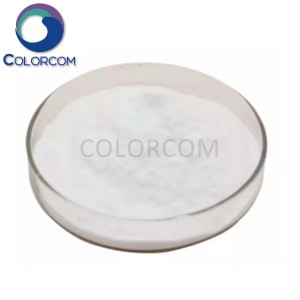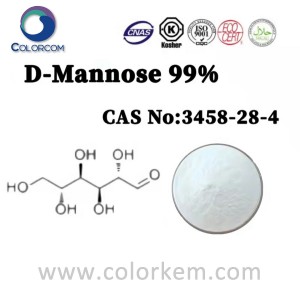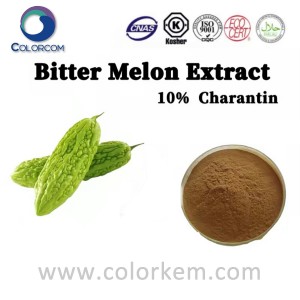Polygonum Multiflorum Extract
Product Description:
Polygonum multiflora (Scientific name: Fallopia multiflora (Thunb.) Harald.), also known as Polygonum multiflora, Violet vine, Night vine and so on.
It is a perennial entwined vine of the Polygonum Polygonaceae family, Polygonum multiflorum, with thick roots, oblong, dark brown. It grows in valleys and shrubs, under hillside forests, and in stone crevices along ditch.
Produced in southern Shaanxi, southern Gansu, East China, Central China, South China, Sichuan, Yunnan and Guizhou.
Its tuberous roots are used as medicine, which can soothe the nerves, nourish the blood, activate the collaterals, detoxify (cut malaria), and eliminate carbuncles.
The efficacy and role of Polygonum Multiflorum Extract:
Anti-aging effect
Aging animals accumulate a large amount of lipid peroxidation products, accompanied by a decrease in superoxide dismutase activity.
The experimental results show that Polygonum multiflorum can significantly reduce the content of malondialdehyde in the brain and liver tissue of aged mice, increase the content of monoamine transmitters in the brain, enhance the activity of SOD, and can also significantly inhibit the expression of monoamine oxidase-B in the brain and liver tissue of aged mice.
Activation, thereby eliminating the damage of free radicals to the body, delaying the occurrence of aging and disease.
Effects on the immune system
Immunology believes that the decline of immune function is closely related to the aging of the body. The thymus is the central organ of the immune system and can effectively maintain the immune function of the body. Polygonum multiflorum can delay the degeneration of the thymus with aging, which may be an important mechanism for delaying aging and improving immunity.
Lowering blood lipids and anti-atherosclerosis
Polygonum multiflorum can improve the body's ability to operate and remove cholesterol, reduce blood lipid levels, and delay the development of atherosclerosis.
The mechanism of the lipid-lowering effect of Polygonum multiflorum has not yet been clarified, and it may be completed by one of the following ways or synergistically:
(1) The cathartic effect of anthraquinones accelerates the metabolism of toxins in the body and restores the fat metabolism pathway of the liver;
(2) It effectively affects the activities of 3-hydroxy-3-methylglutaryl-CoA reductase and Ta-hydroxylase in the liver, inhibits the synthesis of endogenous cholesterol, promotes the conversion of cholesterol into bile acids, and inhibits the release of bile acids from the intestines. tract reabsorption, enhancing the excretion of bile acids from the intestine;
(3) It is related to inducing liver microsomal carboxylesterase, promoting the hydrolysis process in the body, and accelerating the excretion of toxins in the body.
Myocardial protection
The study found that Polygonum multiflorum extract has a preventive effect on myocardial ischemia-reperfusion injury in dogs.
Liver protection
The stilbene glycosides contained in Polygonum multiflorum have a significant antagonistic effect on fatty liver and liver function damage in rats caused by peroxidized corn oil, increase the content of lipid peroxidation in the liver, and increase serum alanine aminotransferase and aspartate aminotransferase. Serum free fatty acids and hepatic lipid peroxidation can be significantly decreased.
Neuroprotective effects
Polygonum multiflorum extract can inhibit the production of interleukin and nitric oxide in a concentration-dependent manner, thereby exerting neuronal protection.
Antibacterial effect
Other functions
Polygonum multiflorum has adrenocortical hormone-like effects, and the anthraquinone derivatives contained in it can promote intestinal peristalsis and have a mild laxative effect.









